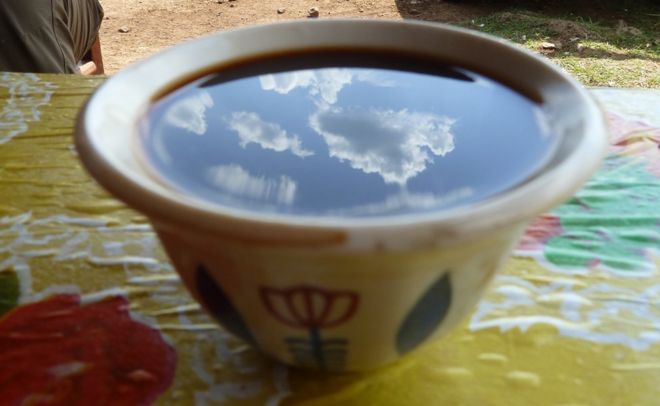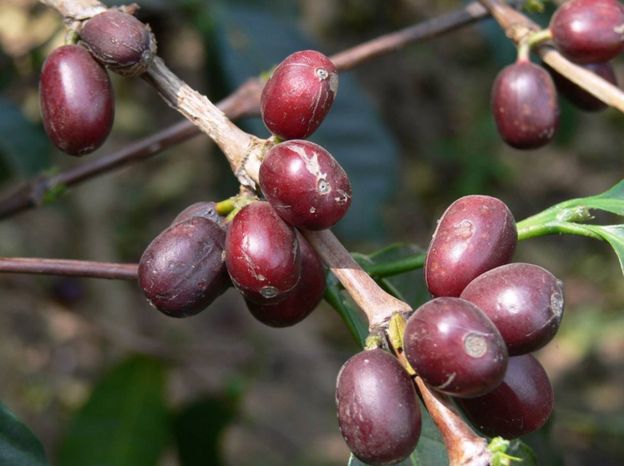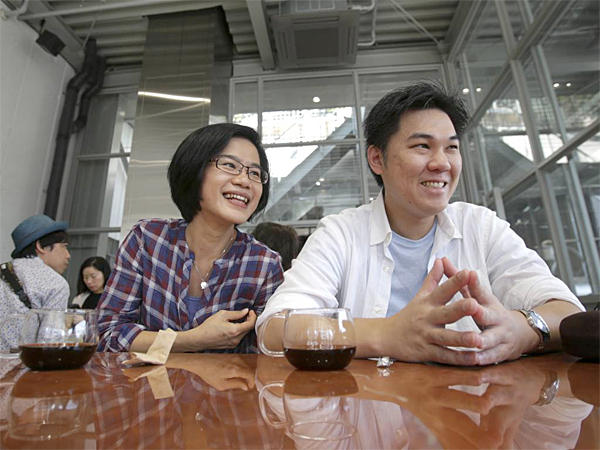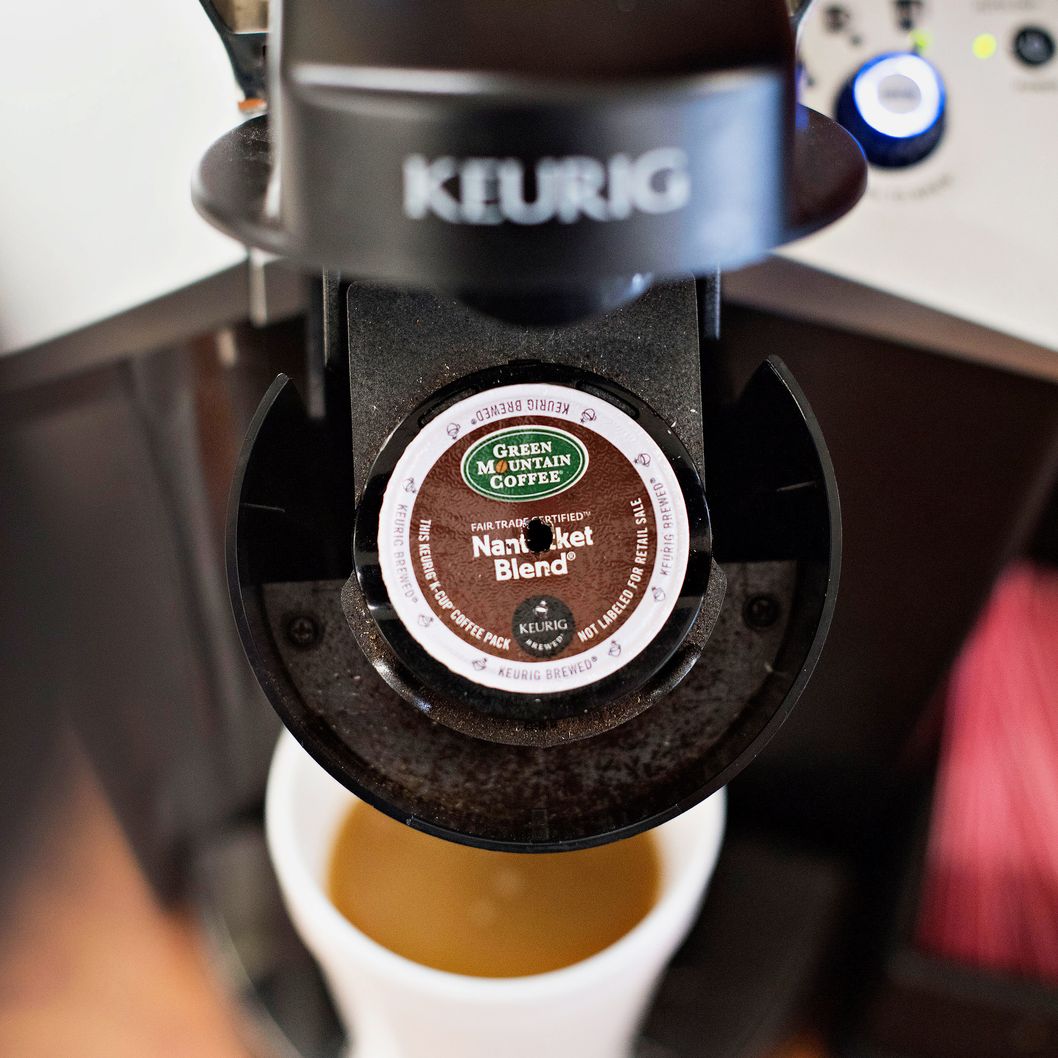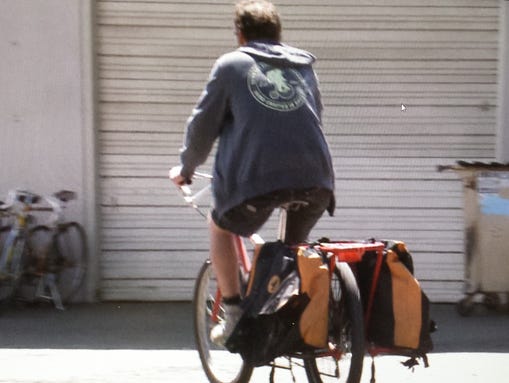Our Kickstarter of the Week column looks for the coolest new projects you can fund on sites like Kickstarter and Indiegogo, among others. We're always looking for projects to back because some of the most interesting products we've seen of late - like the Pebble smartwatch and the Oculus Rift - have come from small companies and not giant corporations. We're watching out for what comes next.
There's always a chance that a Kickstarter will not work out, even if it's fully funded, so you should always be aware of the risks involved, but even so, crowdfunding is one of the most interesting spaces in consumer technology today, and definitely worth checking out.
And it's only through crowdfunding that you'll find projects like the Yecup, a smart cup that we found on Indiegogo.
The Yecup is a really cool idea. You've probably seen cups that can be powered by your computer's USB port to keep your tea or coffee warm. That's pretty handy, but also fairly limited. Yecup takes that idea, and then improves it, in a number of different ways.
The first big improvement is that instead of tethering the cup (which looks more like a short thermos) to your PC to charge the heating element, the Yecup comes with a battery built in. This can be used to maintain the temperature of your drink, or even bring it to a boil if it's gone cold. And because the cup is battery powered, you can do this in your car, or anywhere in the house, without needing to be next to a USB port.
The Indiegogo page doesn't mention how big the battery is, but there's a full-size USB port at the base of the cup, and the company claims that you can use this to charge your phone twice.
The second cool improvement is that the Yecup connects to your phone using Bluetooth, so you can see the current temperature of your drink. Sounds fun, but a little pointless? Sure, but you can also use the app to set the temperature you want the drink to be at, set it to boil, or check the battery level of the cup. The cup also has a button you can press to warm the drink at any time.
This also means that you can get notifications, warning you when your coffee has gone cold, or letting you know that your tea has been heated and is ready to drink, or even warning you that the cup's battery is running low.
For some reason, you can also press a button on the cup to trigger the camera on your phone - great for taking selfies, according to Yecup's Indiegogo page. Some questionable choices aside, this sounds like a really cool project, and you can see more details in the video below:
On the first day of the campaign which started on Tuesday, Yecup has already raised over $10,000 (nearly Rs. 6.5 lakh) against a target of $40,000 (over Rs. 25 lakh), and the project will be accepting funding for 39 more days. To get a Yecup, you'll have to pledge $169 (a little over Rs. 10,000), and the expected worldwide delivery (with free shipping) is November 2015.
SOURCE: NDTV


